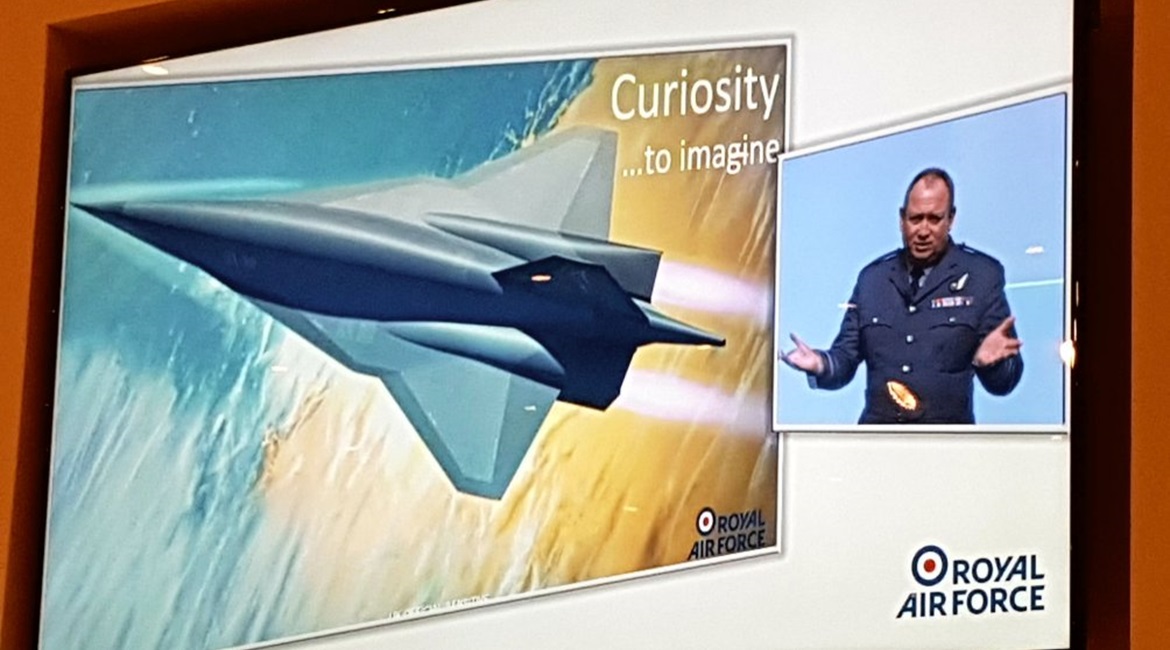
This article won the 2021 Aerospace Media Award for 'Best In-Depth Aviation Submission'. For more about Janes award-winning insights and analysis, see what we do.
When the UK revealed its Combat Air Strategy (CAS) at the Farnborough International Air Show in 2018, a main pillar of this strategy was ‘Team Tempest’. This team, comprising the Royal Air Force (RAF) Rapid Capabilities Office (RCO), BAE Systems, Leonardo UK, MBDA UK, and Rolls-Royce was tasked with developing the technologies, knowledge, skills, and expertise to build a Future Combat Air System (FCAS) capable of operating in the 2030s and beyond.
Tempest was publically launched at the 2018 Farnborough airshow, with the RAF RCO, BAE Systems, Leonardo UK, MBDA UK, and Rolls-Royce named at that time as the primary participants. A mock-up is seen here at the RIAT air show in 2019, at which time Sweden officially came on board as a partner on the UK’s wider Combat Air Strategy.
This FCAS Technology Initiative (FCAS TI) will form the basis for the Tempest ‘sixth-generation’ combat aircraft, a full-scale mock-up of which was unveiled to the public at the same Farnborough airshow.
Combat Air Strategy
The CAS that underpins the Tempest programme was designed to set out the UK’s long-term future defence aviation requirements and capabilities, and to then align UK industry to deliver them.
Announced in February 2018 by the then-Defence Secretary Gavin Williamson, this strategy brings together expertise from across government and industry to build on the Industrial Strategy and refreshed Defence Industrial Policy launched in 2017.

Looking to read the full article?
Gain unlimited access to Janes news and more...




